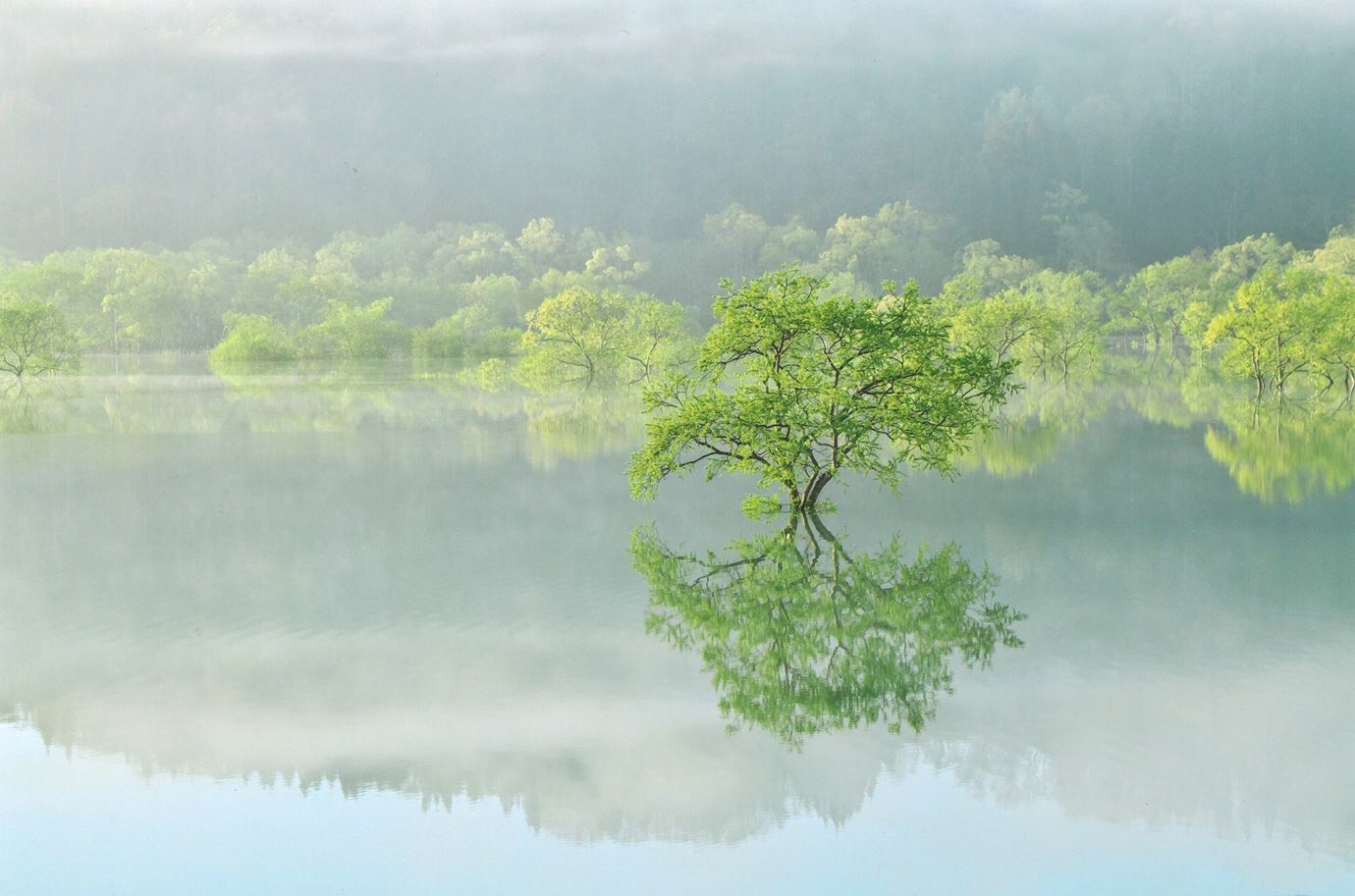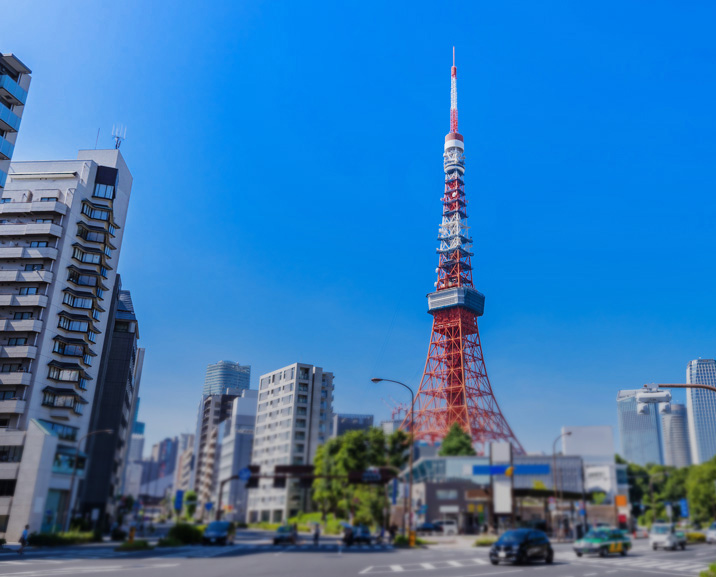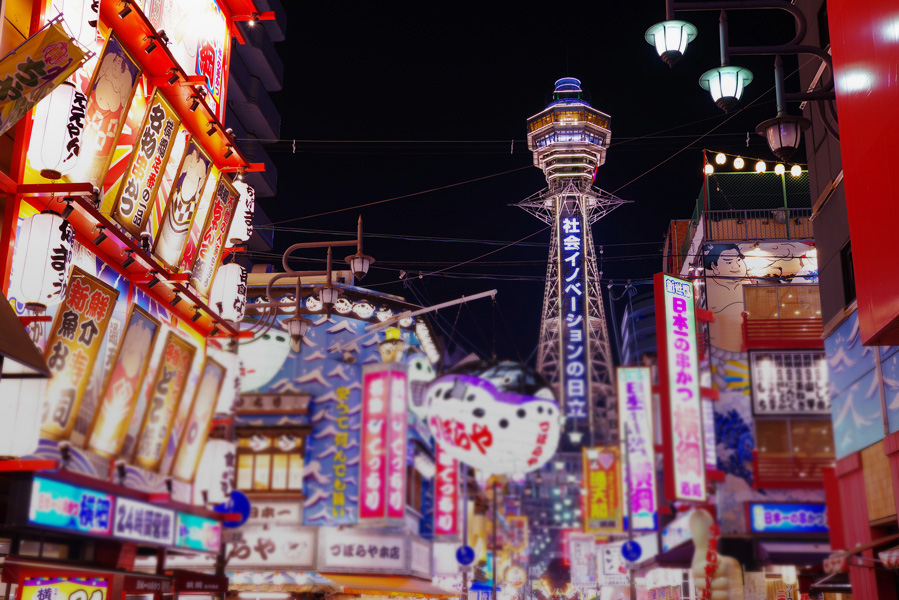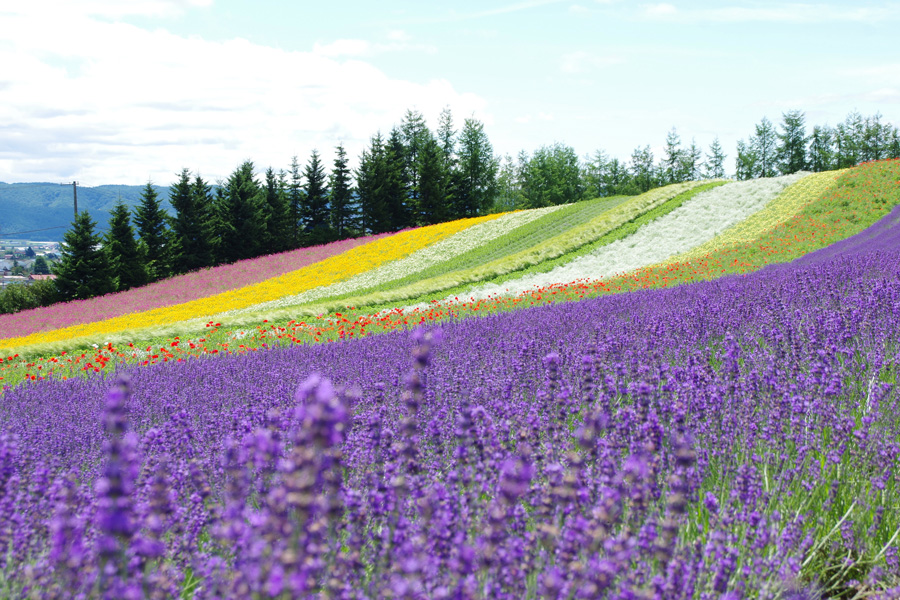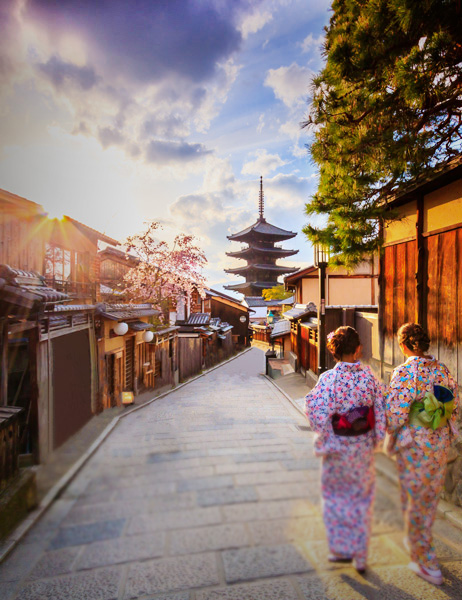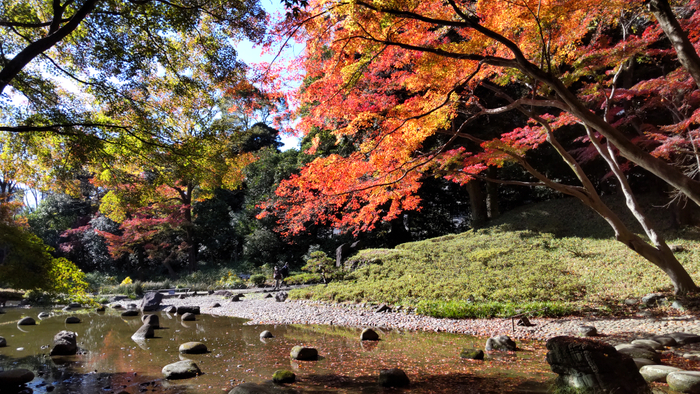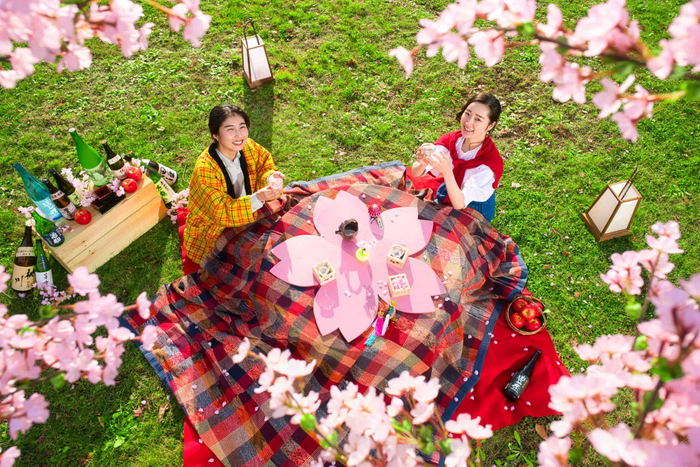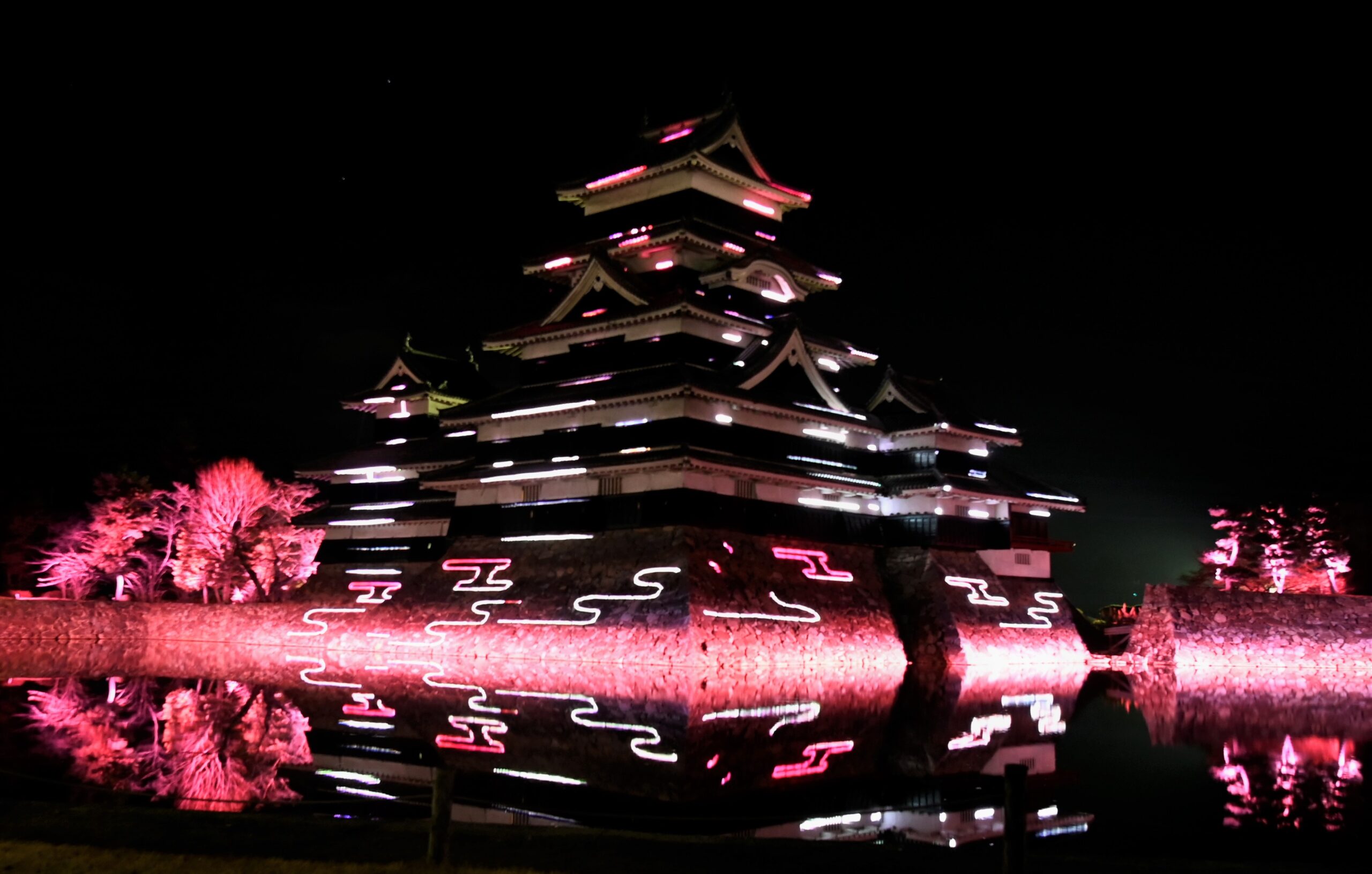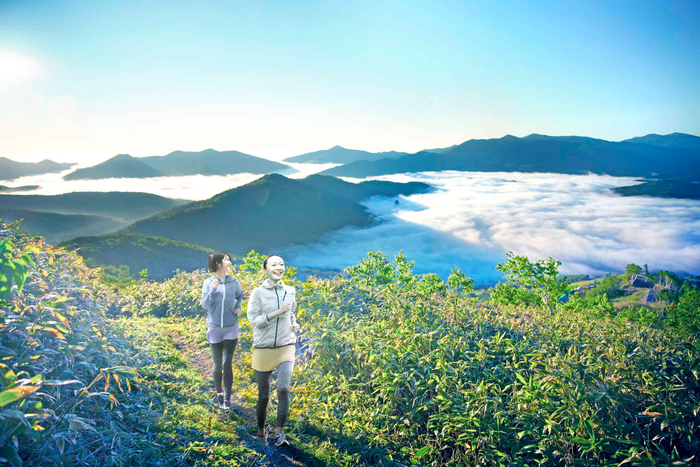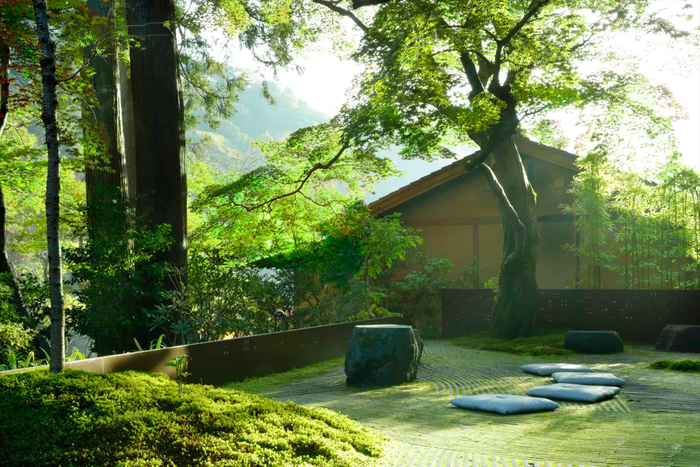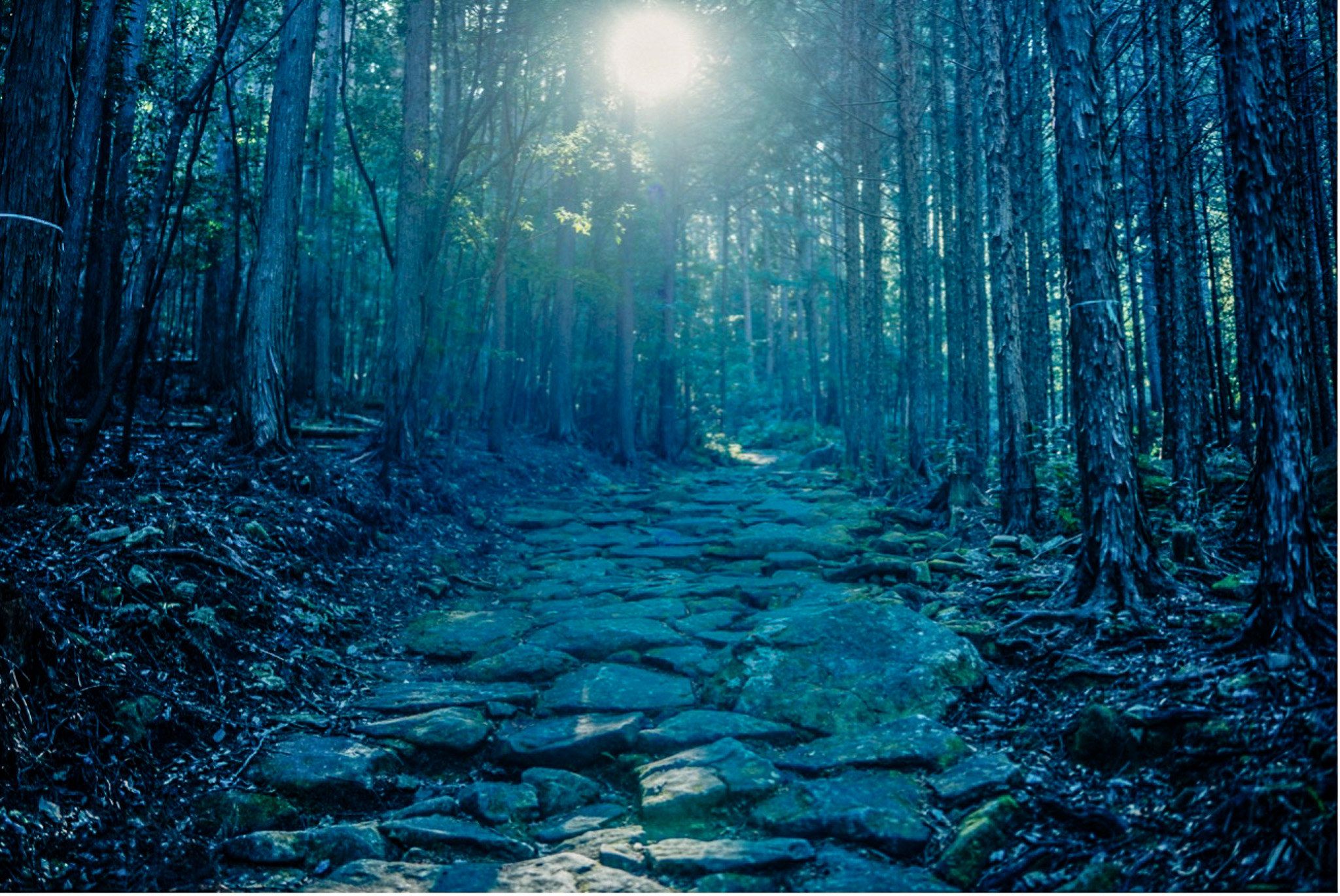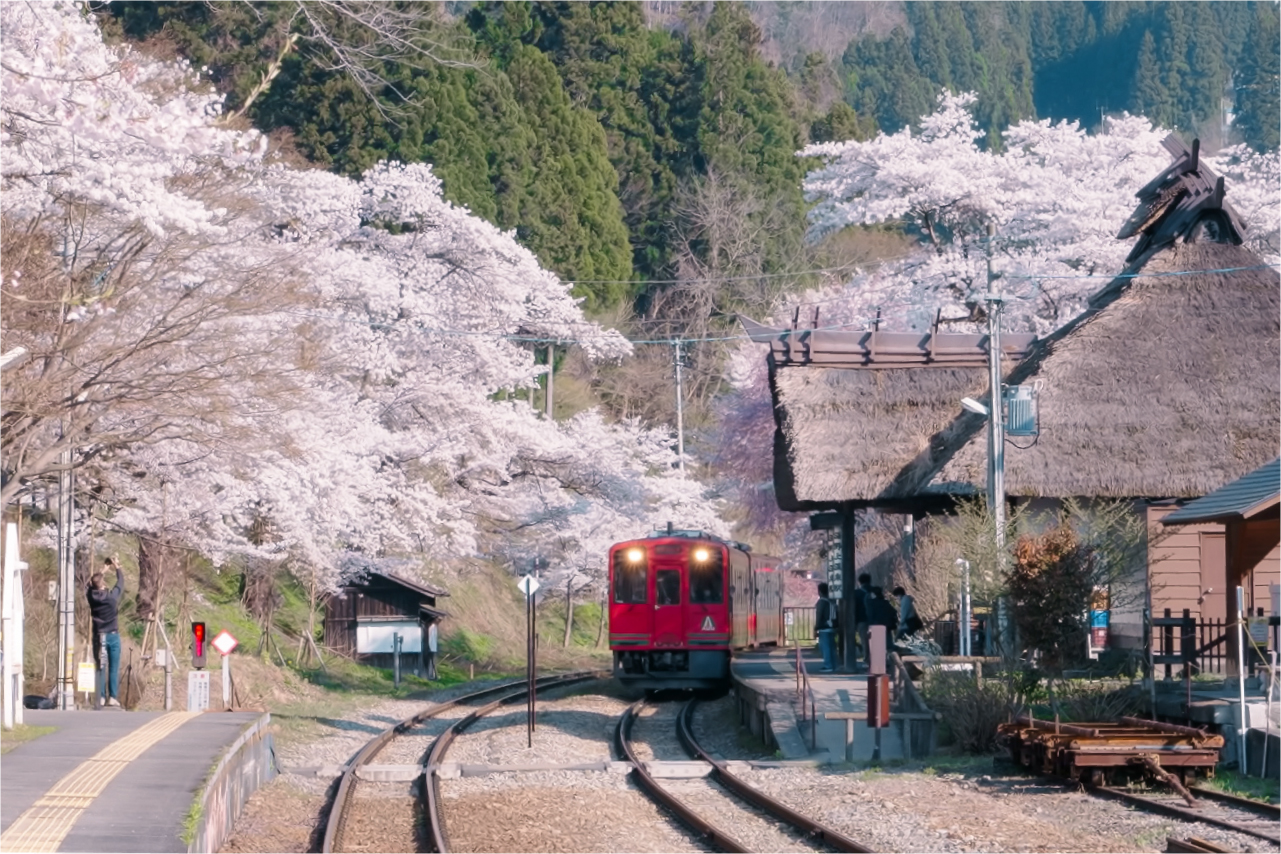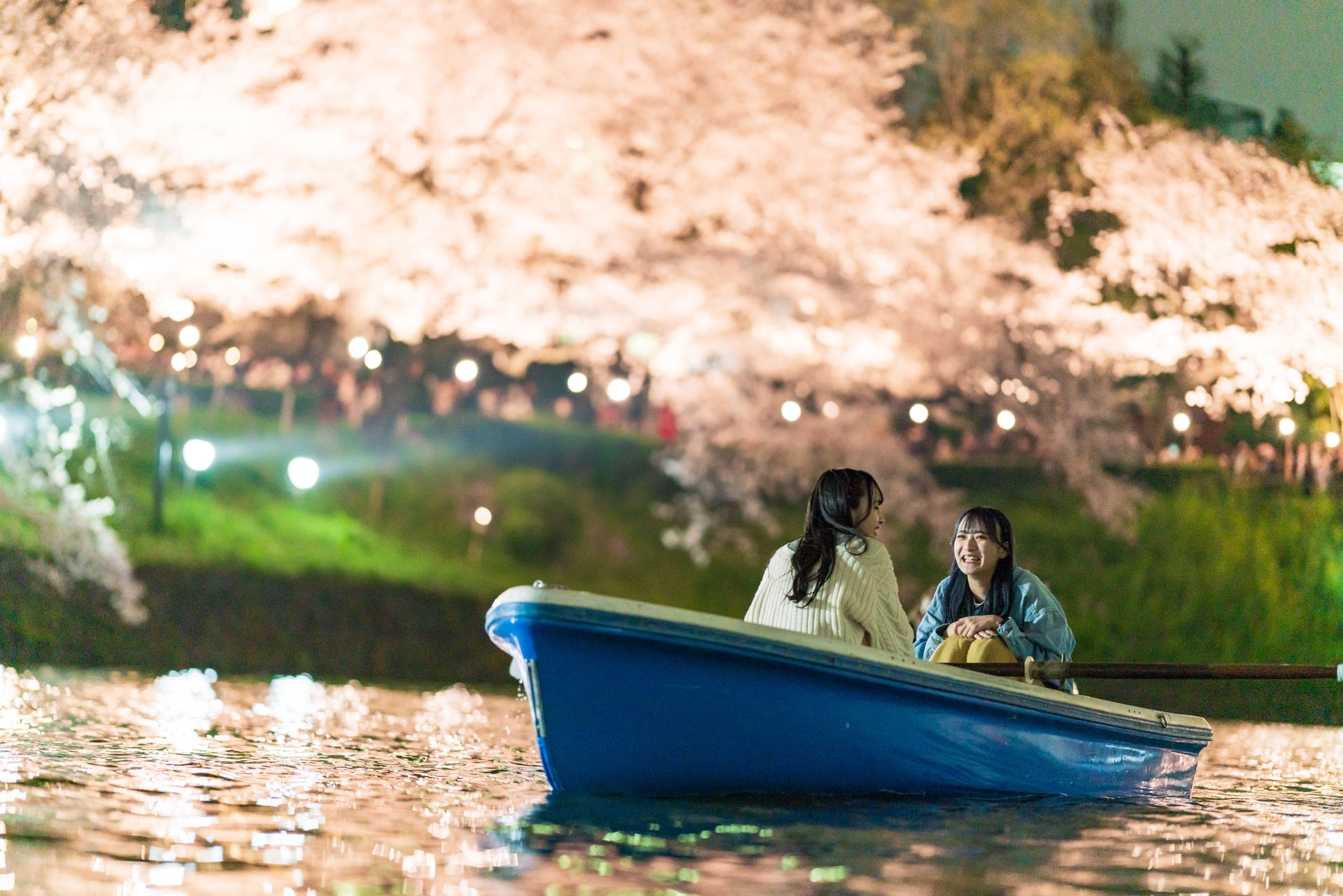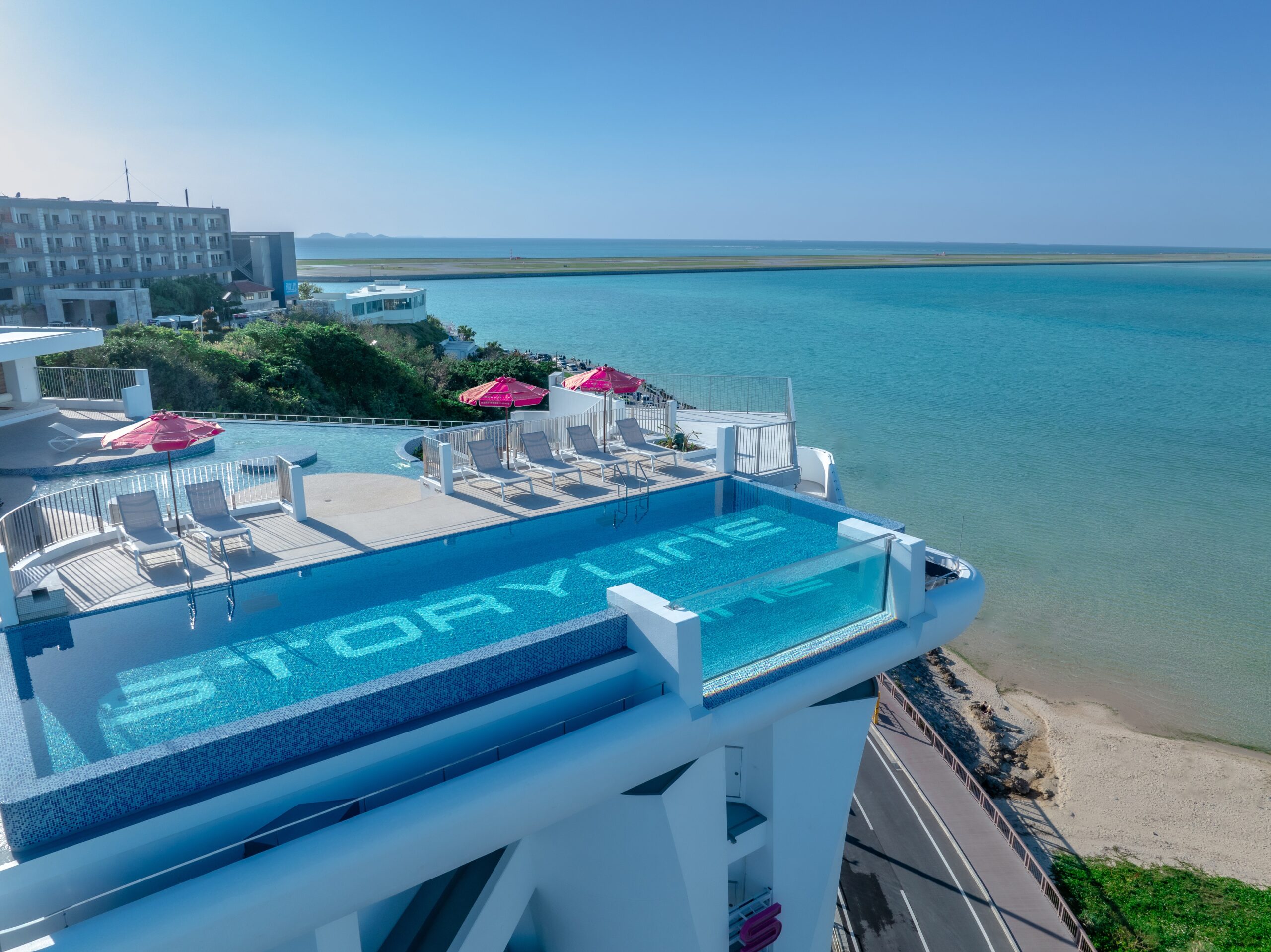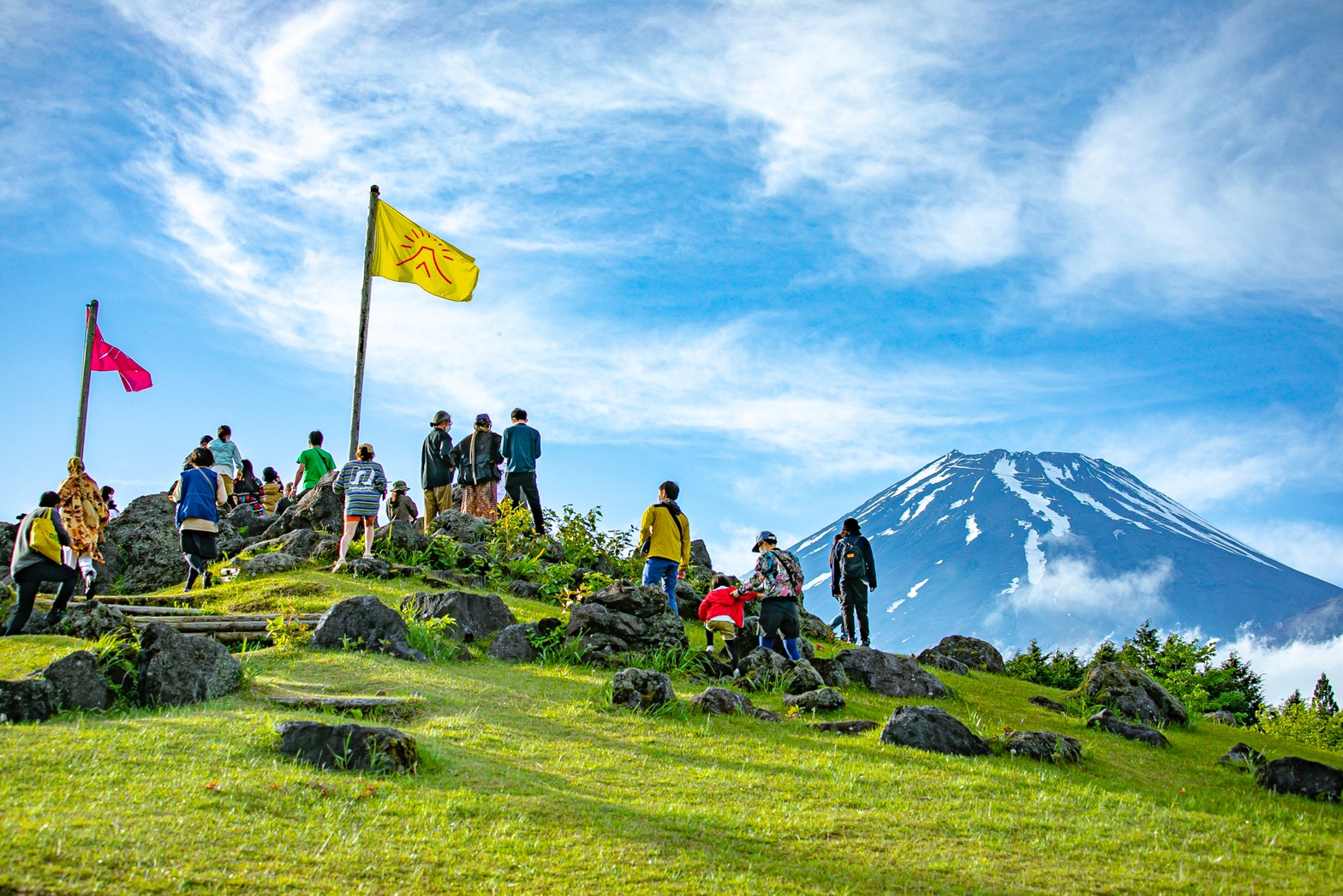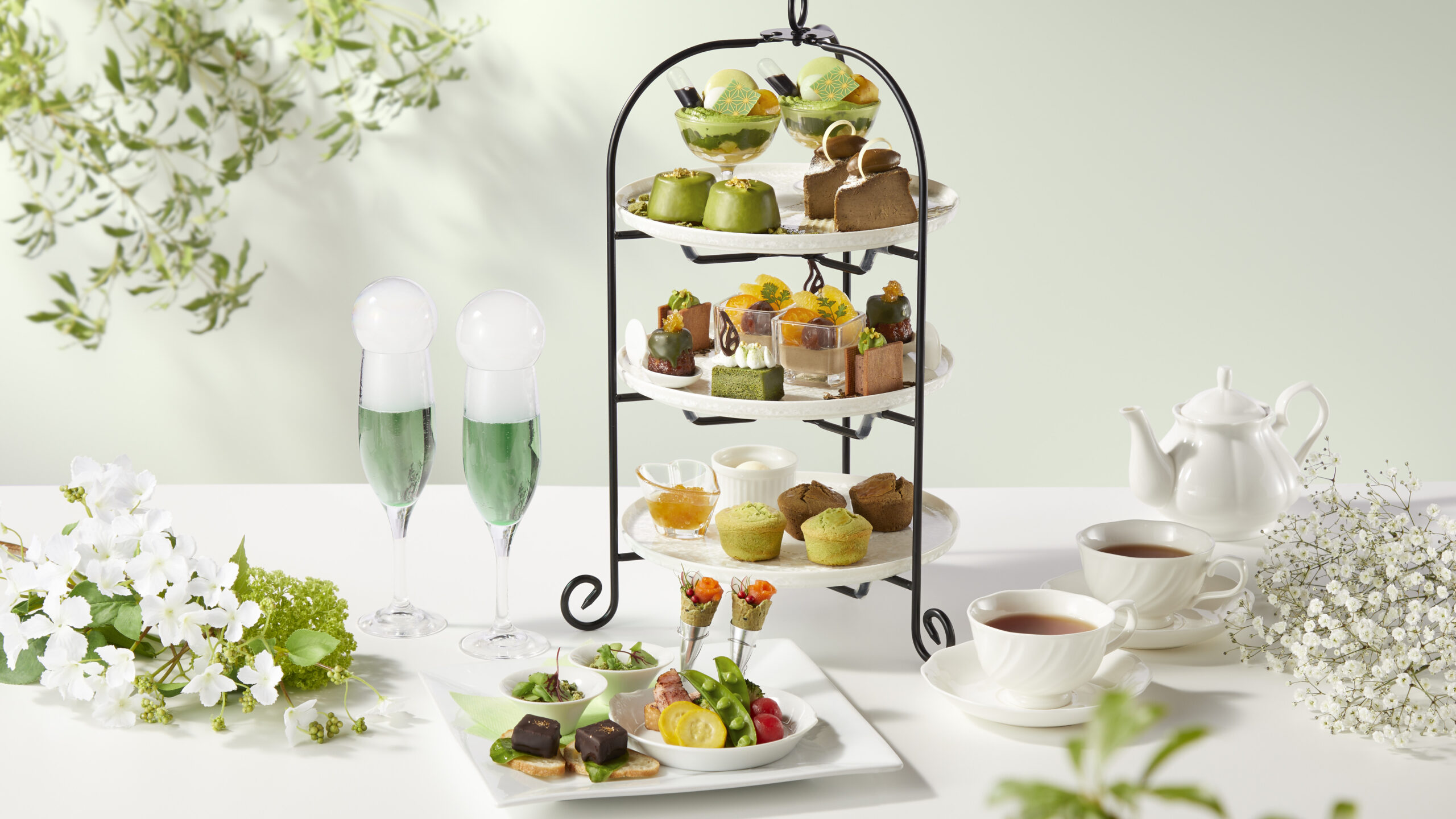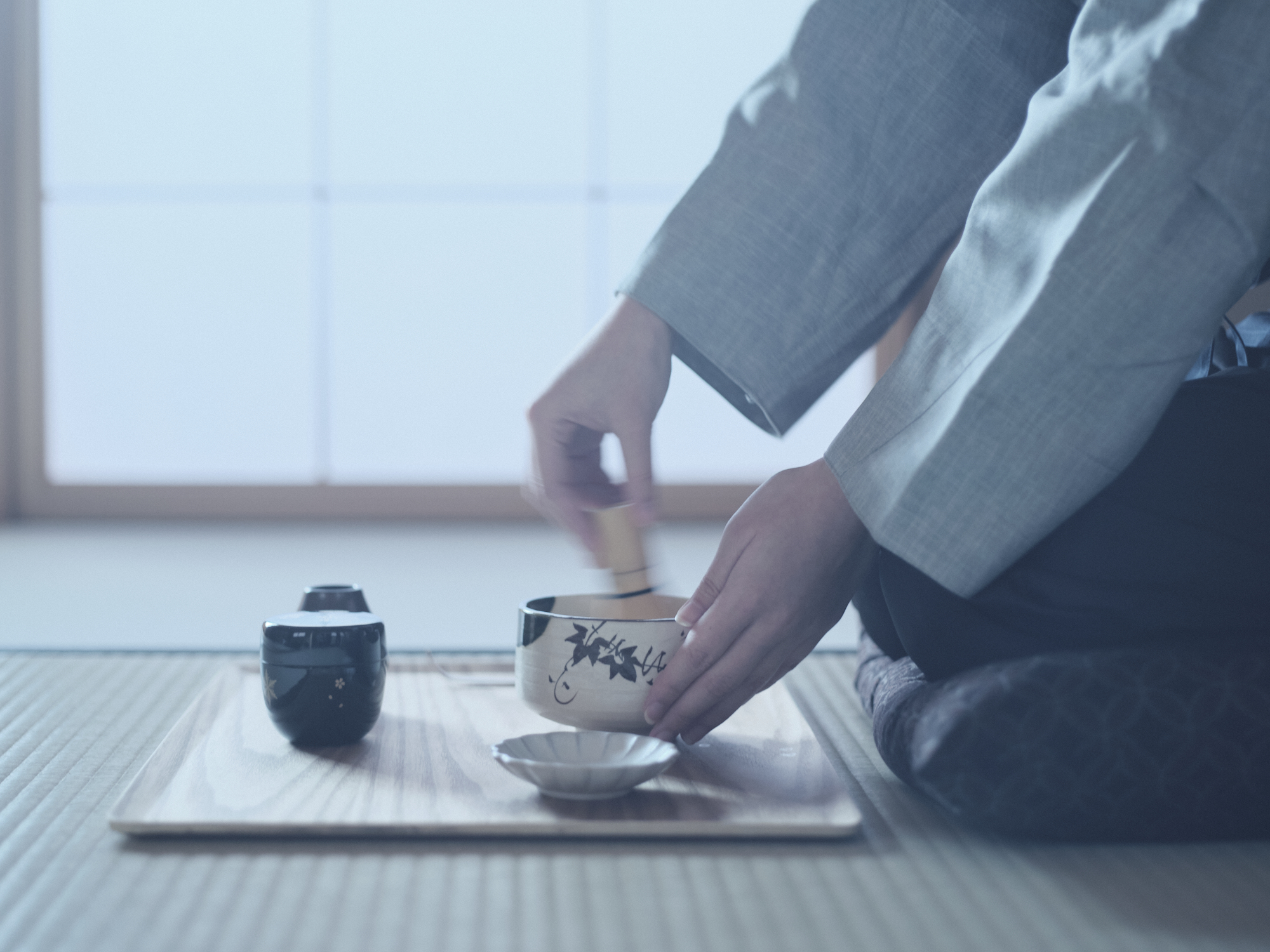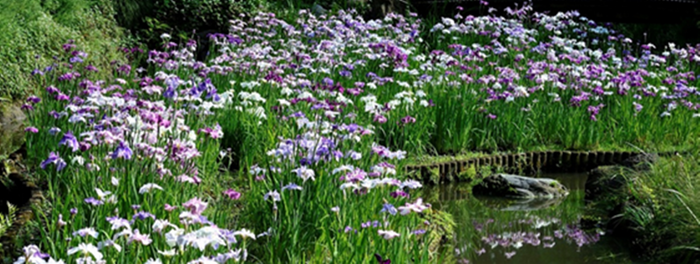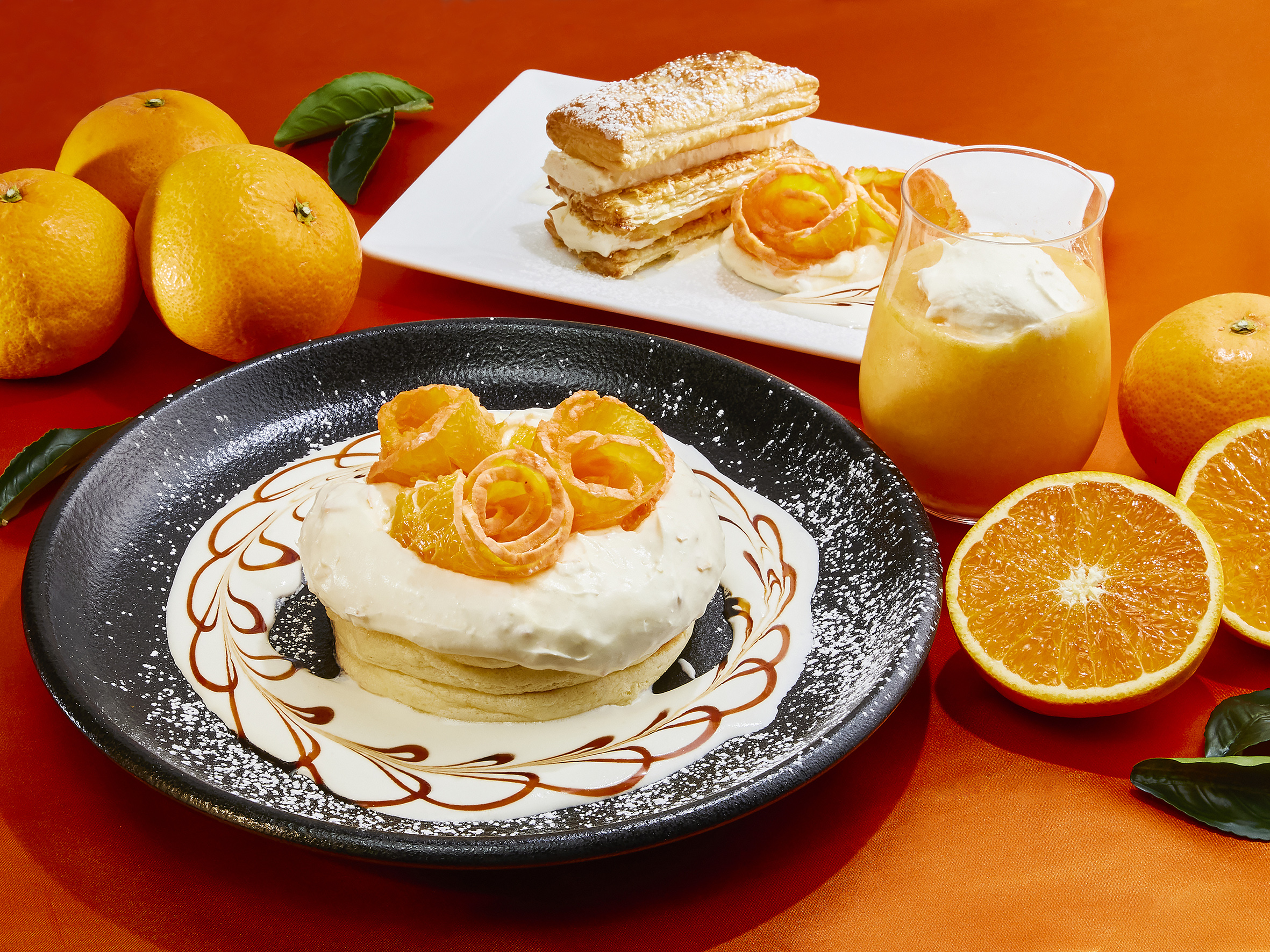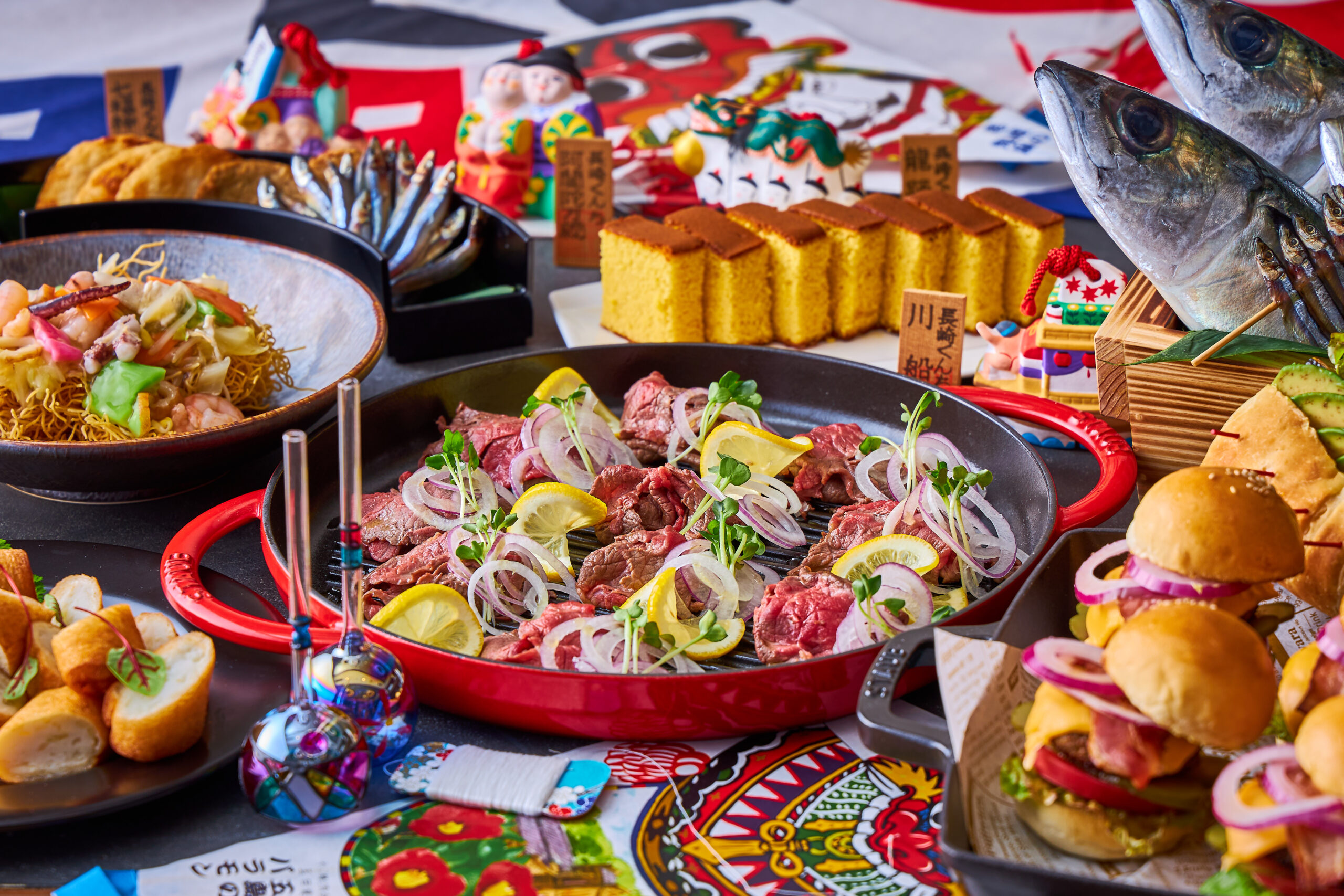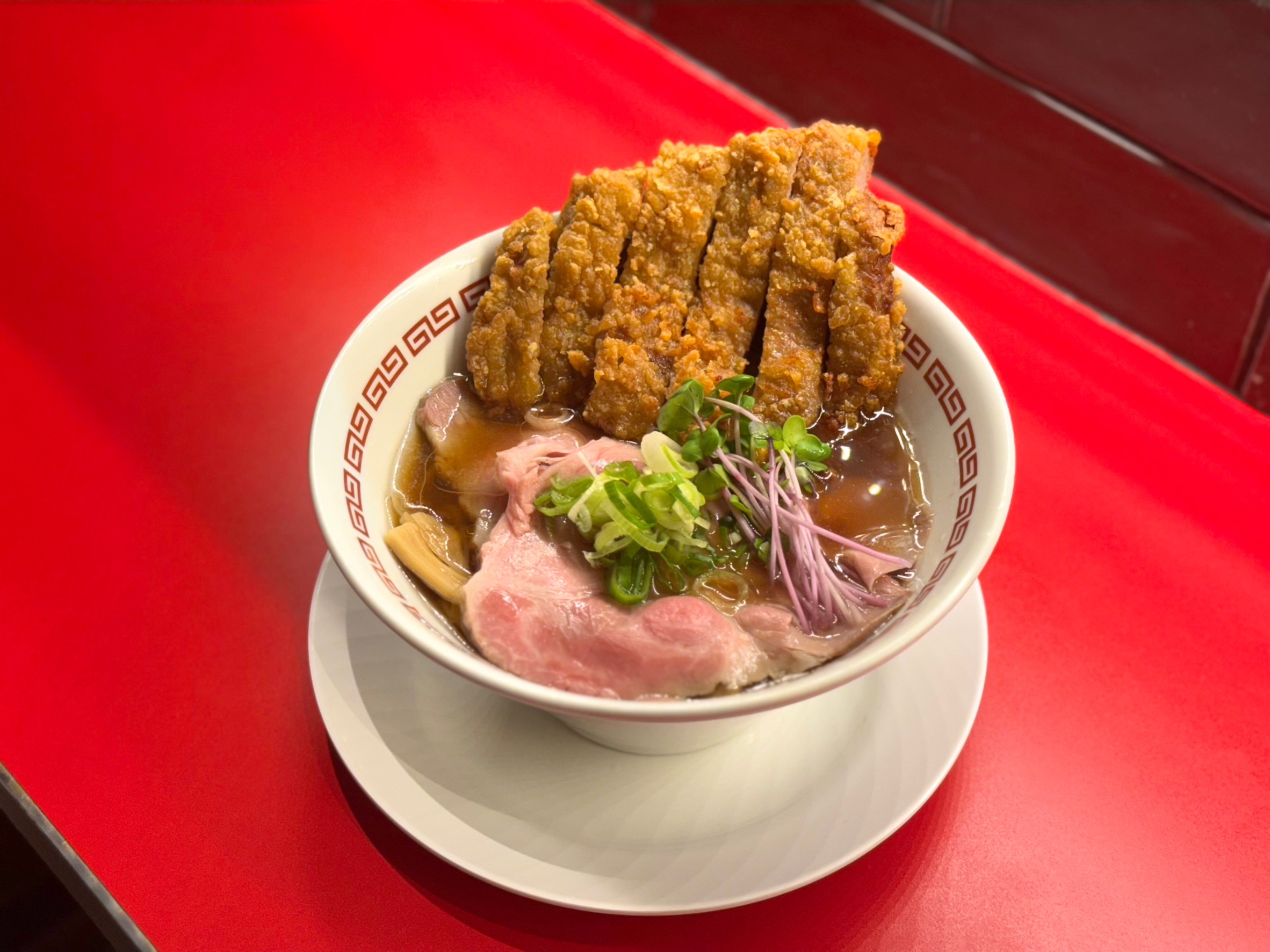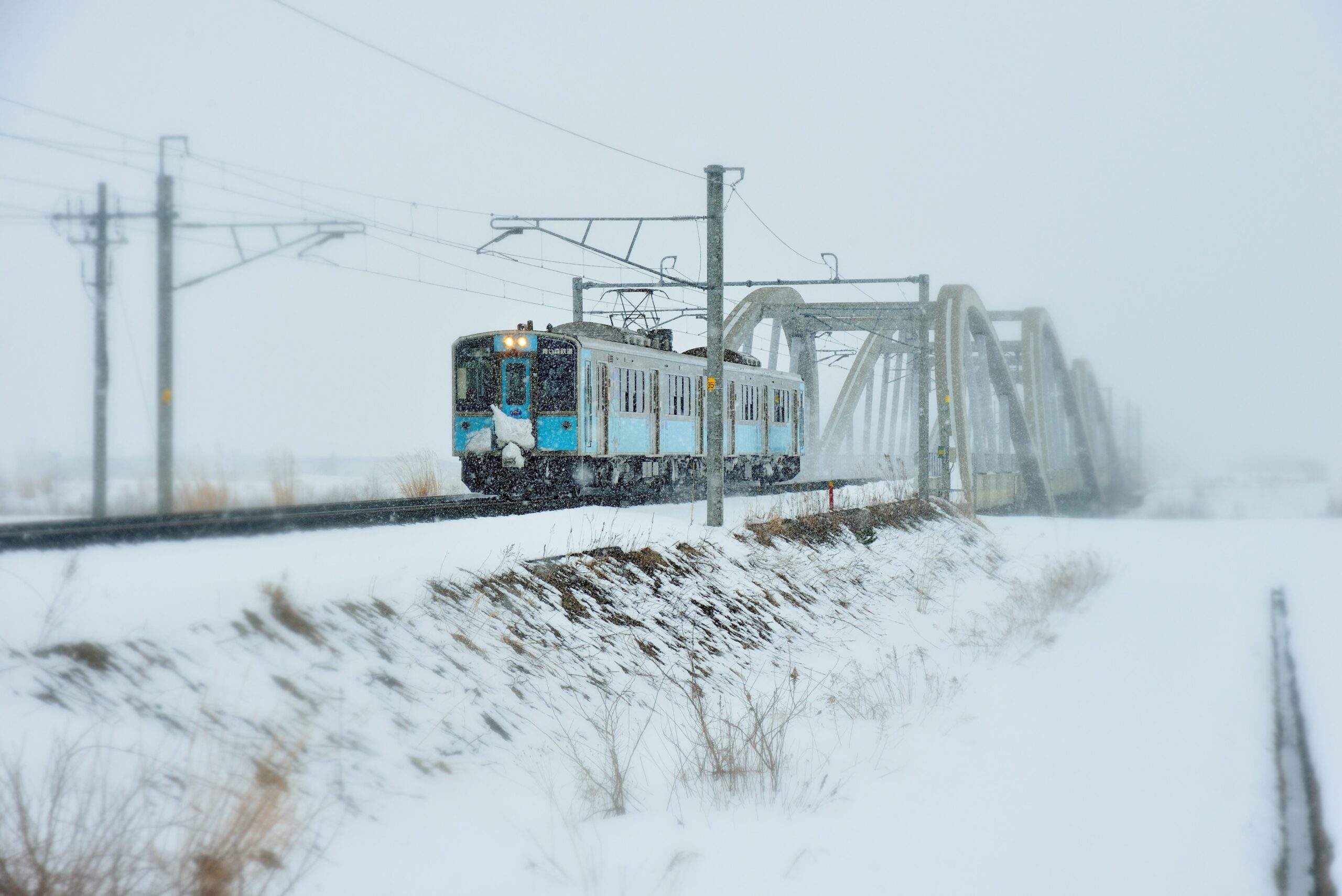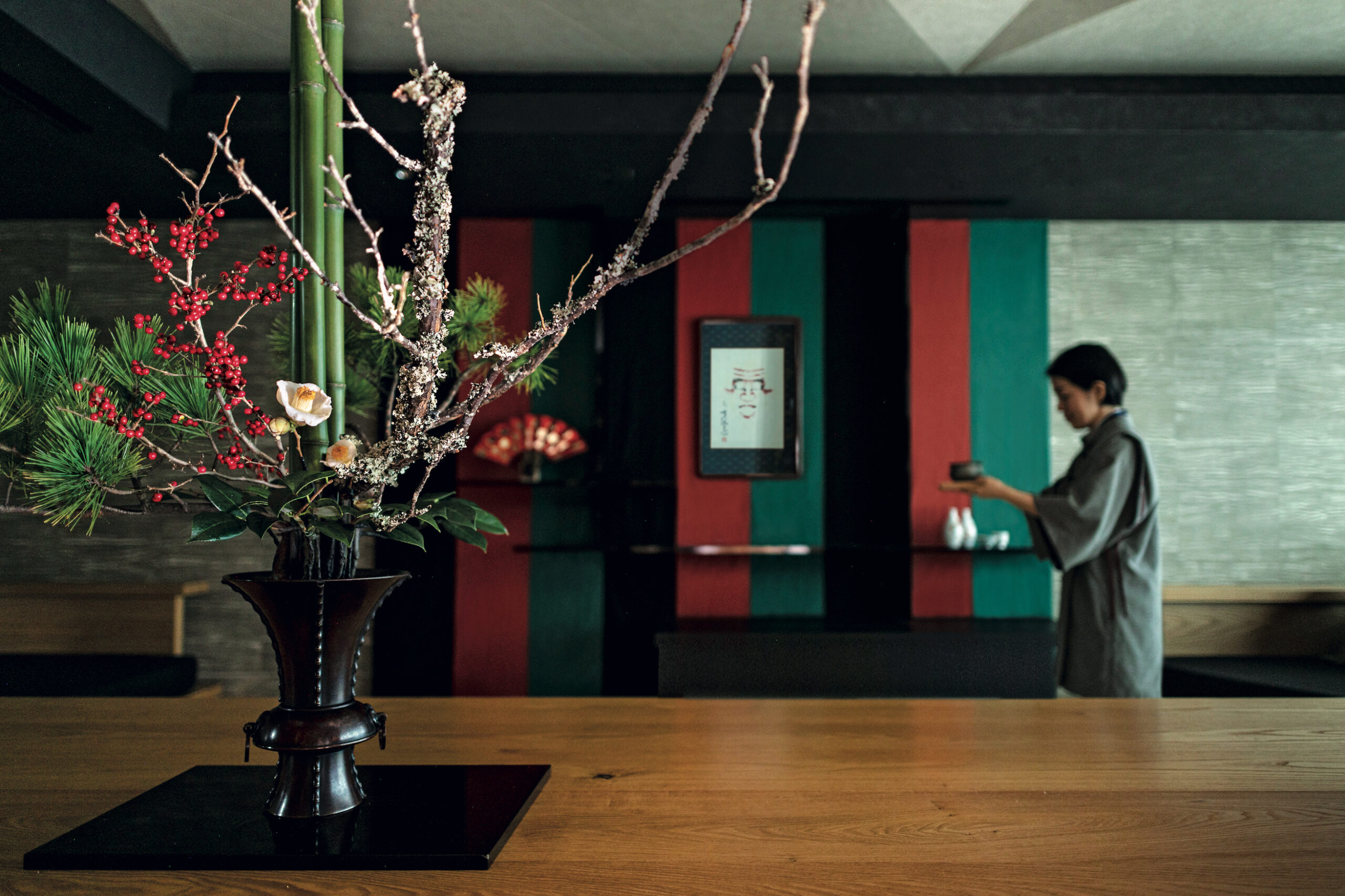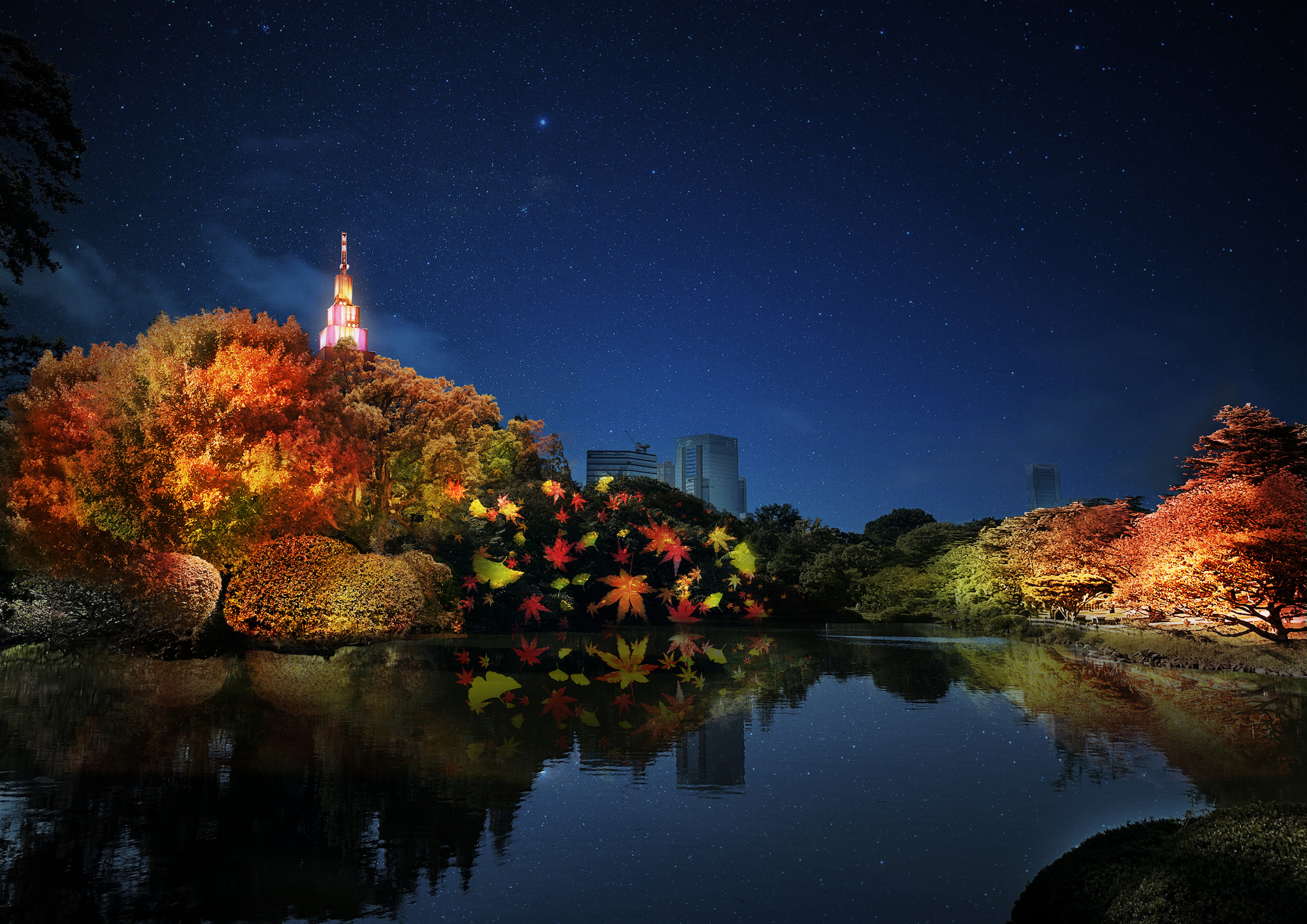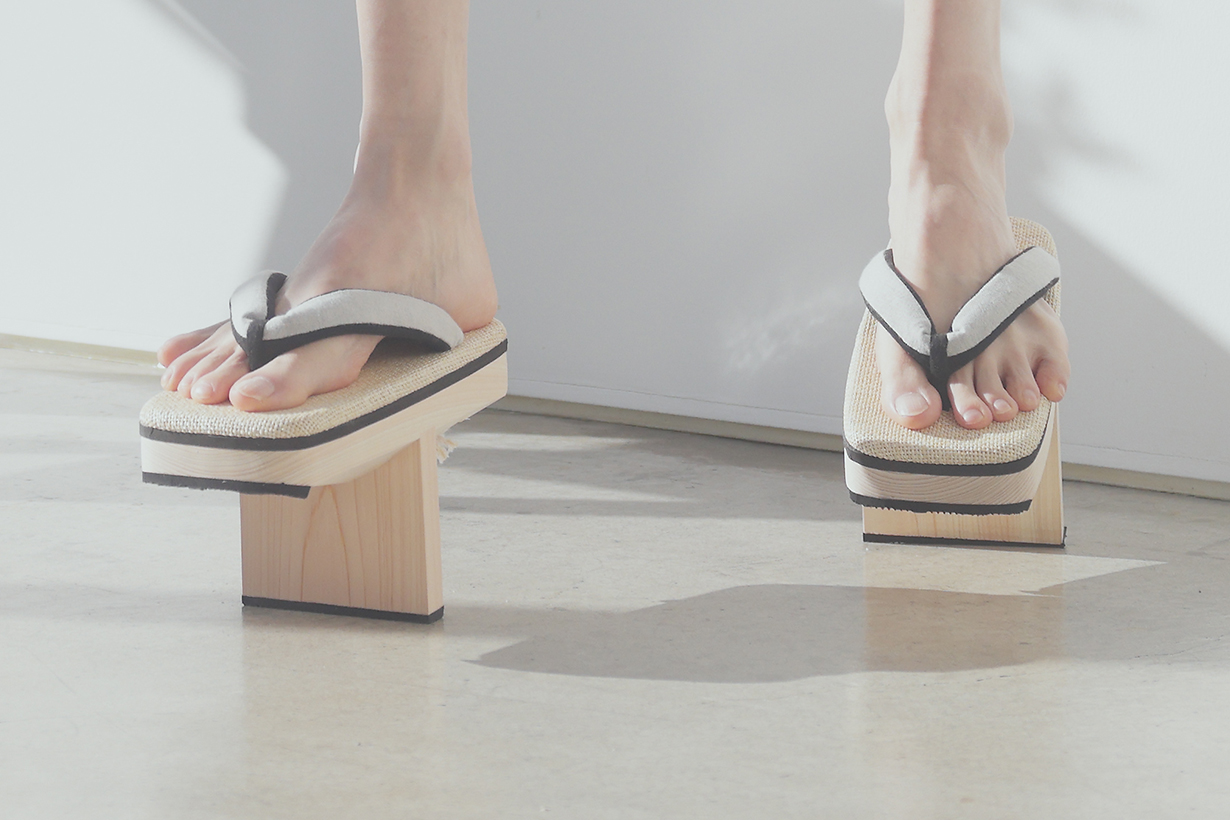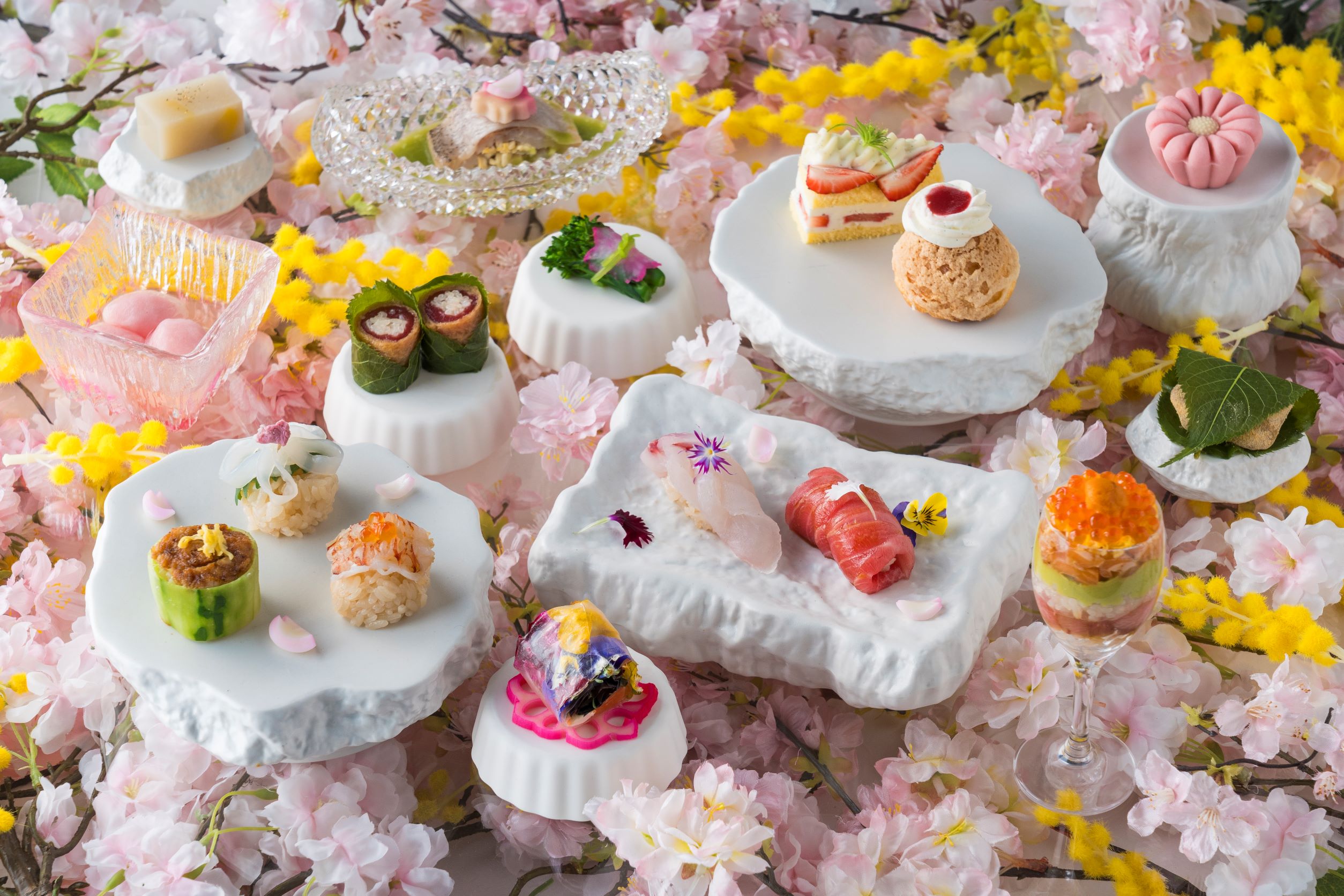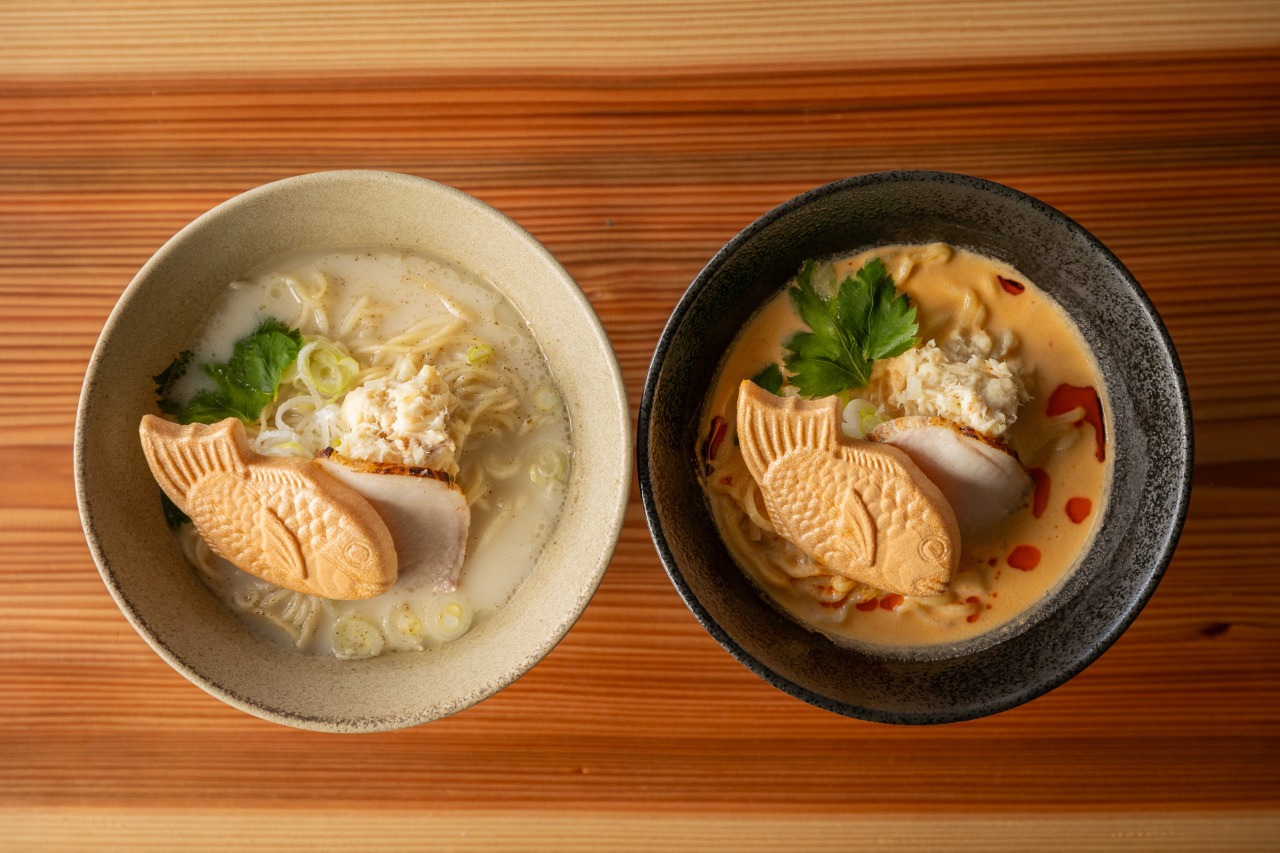Koishikawa Korakuen Garden, located next to Tokyo Dome, is a daimyo’s garden with a history of approximately 400 years.
It is the oldest of the existing daimyo’s gardens in Tokyo.
It is designated as a Special Historic Site and a Special Place of Scenic Beauty by the Japanese government for its beautiful scenery that combines the beauty of nature and the strangeness of artifice, as well as for its great academic value.
Koishikawa Korakuen Garden has 500 Irohamomiji trees, the largest in any daimyo’s garden in Tokyo, and some of them are now at their best. Some of the leaves are still green and some are on their way to turning bright red, but from now until late autumn, visitors can enjoy the bright red autumn leaves shining in the sunlight.
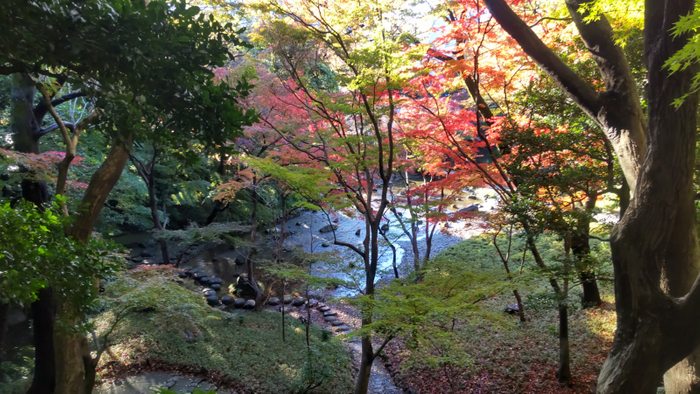
View from Kiyomizu Kannondo
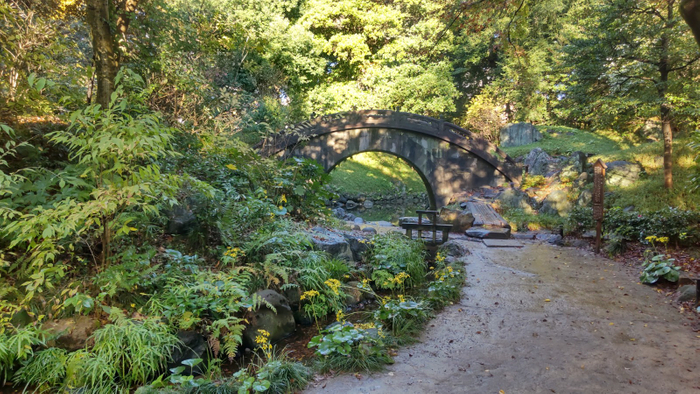
Engetsu Bridge
Koishikawa Korakuen Garden is a “kaiyushiki garden,” a style of garden that allows visitors to enjoy the garden while walking around.
As you walk through the garden, the scenery changes and builds up, creating a dizzying array of landscapes. In the garden, where the landscapes are arranged to resemble “the sea, mountains, rivers, and rice paddies,” visitors can enjoy the rich and varied colors of autumn at each of the landscapes.

section of the Nakasendo
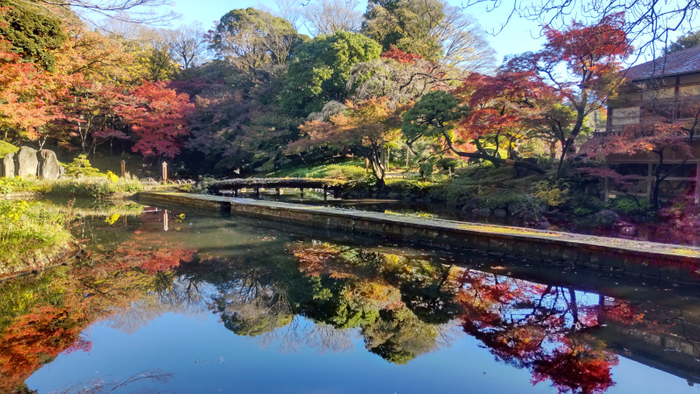
banks of the West Lake
Koishikawa Korakuen
It is a nationally designated Special Historic Site and a Special Place of Scenic Beauty.
The garden was created by Yorifusa, the founder of the Mito Tokugawa family, in 1629 in the early Edo period (1603-1868) as a garden for his residence in Edo (which later became the Kamiyashiki), and was completed during the reign of Mitsukuni, the second lord of the domain.
Mitsukuni took into consideration the opinions of the Ming Confucian scholar Zhu Shunsui when creating the garden, and named it “Korakuen,” after the Chinese teaching that “a warrior should be anxious before the sorrows of the world and enjoy the pleasures of the world after the sorrows of the world.
| Start information: |
9:00 – 17:00 (Last entry at 16:30) |
| Entrance fee: |
General 300 yen
Over 65 years old 150 yen
*Free for elementary school students and younger and junior high school students living or attending school in Tokyo
*For other details such as annual passports and group fees, please see the website. |
| Address: |
1-6-6 Koraku, Bunkyo-ku, Tokyo |
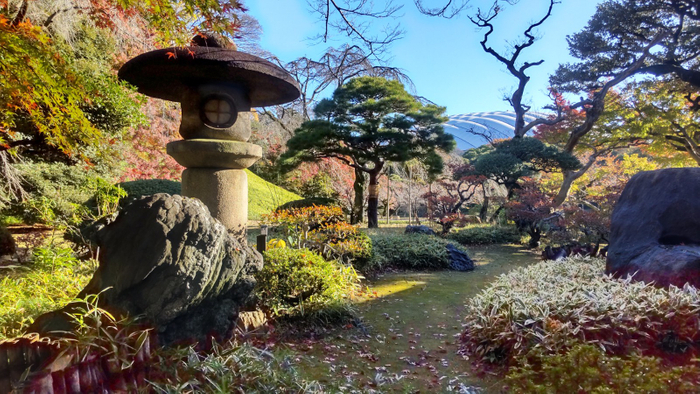
Lanterns in the front yard of Hantokutei
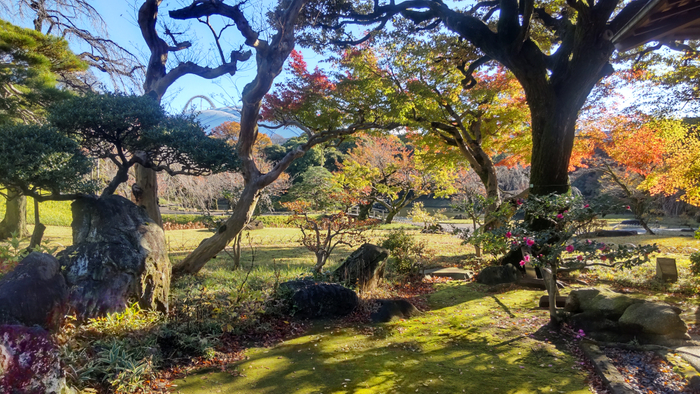
The front garden of Hantoku-jeong
